We visited the exhibition at the Galleria Nazionale dell’Umbria (on view until June 15) and we give you a substantial taste of what you can see, wandering through the rooms of the exhibition.
On the occasion of the eighth centenary of the composition of the Canticle of the Creatures by Saint Francis of Assisi, one of the first poetic texts in the vernacular, the Galleria Nazionale dell’Umbria in Perugia hosts the exhibition Brother Sun, Sister Moon. Nature in Art, from Beato Angelico, Leonardo and Corot from 15 March to 15 June 2025.

The exhibition aims to highlight, in a thorough and suggestive way, the different nuances with which Creation has been observed by human sensitivity and reinterpreted in artistic vision; in fact, between the 12th and 13th centuries, an epochal cultural transformation took place in which the thought of Saint Francis of Assisi was inserted, and iconographic themes were established in which nature was described in the guise of a generous mother, as in the cycles of the Months, which associate the passing of the seasons with human work.
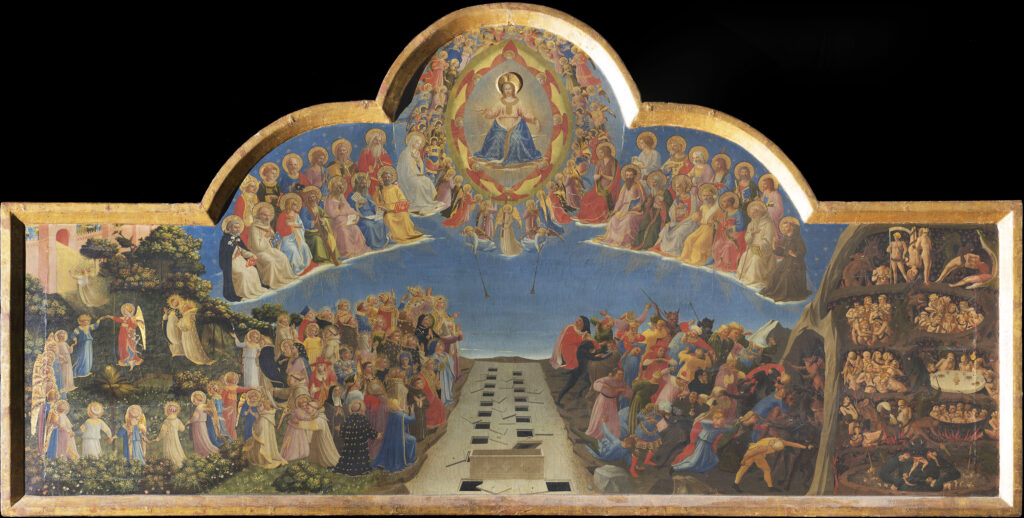
The exhibition opens with the formidable Last Judgement by Beato Angelico, an exceptional loan from the Museum of San Marco in Florence. The artist decided to renew the traditional iconography by inserting, alongside characters such as the Madonna and Saint John the Baptist, figures from the Old Testament close to the apostles and the saintly founders of the orders. The dance of the blessed brings a harmony particularly suited to the painter’s style. The journey continues by immersing itself in the idealized vision of nature through the sublime painters of classicist and baroque painting, from Annibale Carracci, with the Vision of Saint Eustace, to Giovanni Lanfranco, with the Assumption of the Magdalene, from the Museum of Capodimonte in Naples, moving away from the ideal landscape, to indulge in unusual harshness; thus the definitive reconciliation of man with the sensitive world of which nature is the maximum extension is sanctioned.
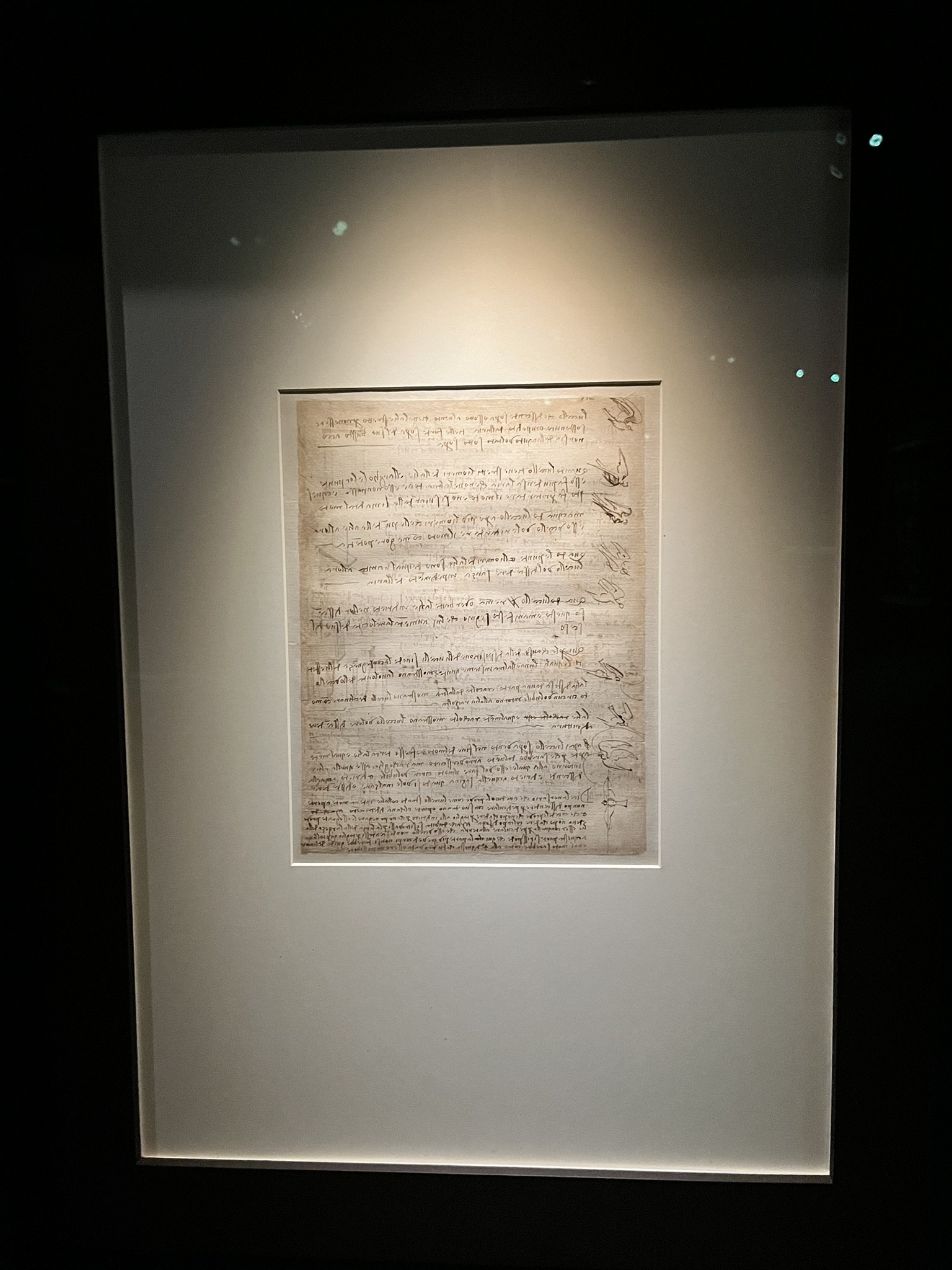
In contrast to medieval art, which depicts natural space in a synthetic and symbolic way, scientific curiosity about the natural world develops during the Renaissance and studies on the propagation of light and the mechanisms of color perception lead the genius of Leonardo da Vinci to the development of aerial perspective and sfumato: the Atlantic Codex is admirable, two sheets of which arrive in Perugia from the Biblioteca Ambrosiana in Milan, fundamental for the study of the flight of birds. The practice of studying plants and animals from life is established, reaching absolute peaks in Pisanello’s graphic corpus; the artist’s four drawings from the Louvre in Paris show how drawing becomes a true instrument of knowledge; a further element of knowledge and curiosity are the Wunderkammern, the so-called chambers of wonders whose collections derive from the treasures of medieval churches and the studies of nobles and humanists, complete microcosms that aim to embrace everything visible and knowable.
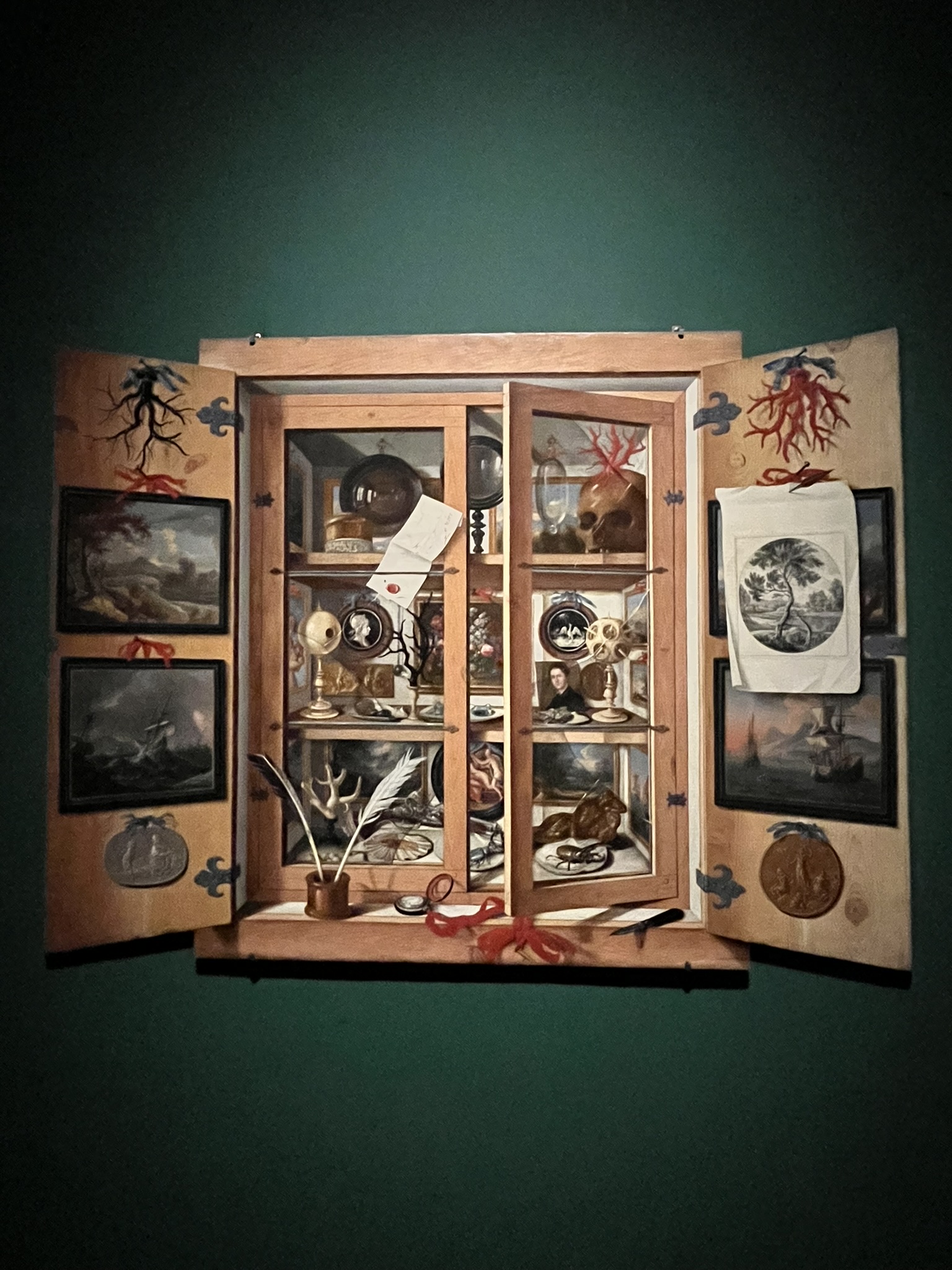
Painters are also struck by the most spectacular and impetuous manifestations of nature: men and painters have always felt a sense of bewilderment and terror in front of the majesty of nature. Many artists have portrayed a wild and hostile nature with violent atmospheric phenomena, dedicating themselves to the study of light in particular atmospheric conditions. The favorite subjects were storms, leaden and threatening skies, squalls, shipwrecks, volcanic eruptions and waterfalls, such as that of Marmore, an obligatory stop on the Grand Tour and a favorite destination for foreign painters such as Camille Corot, where the landscape becomes a sounding board for human emotions and a visible manifestation of the Infinite.
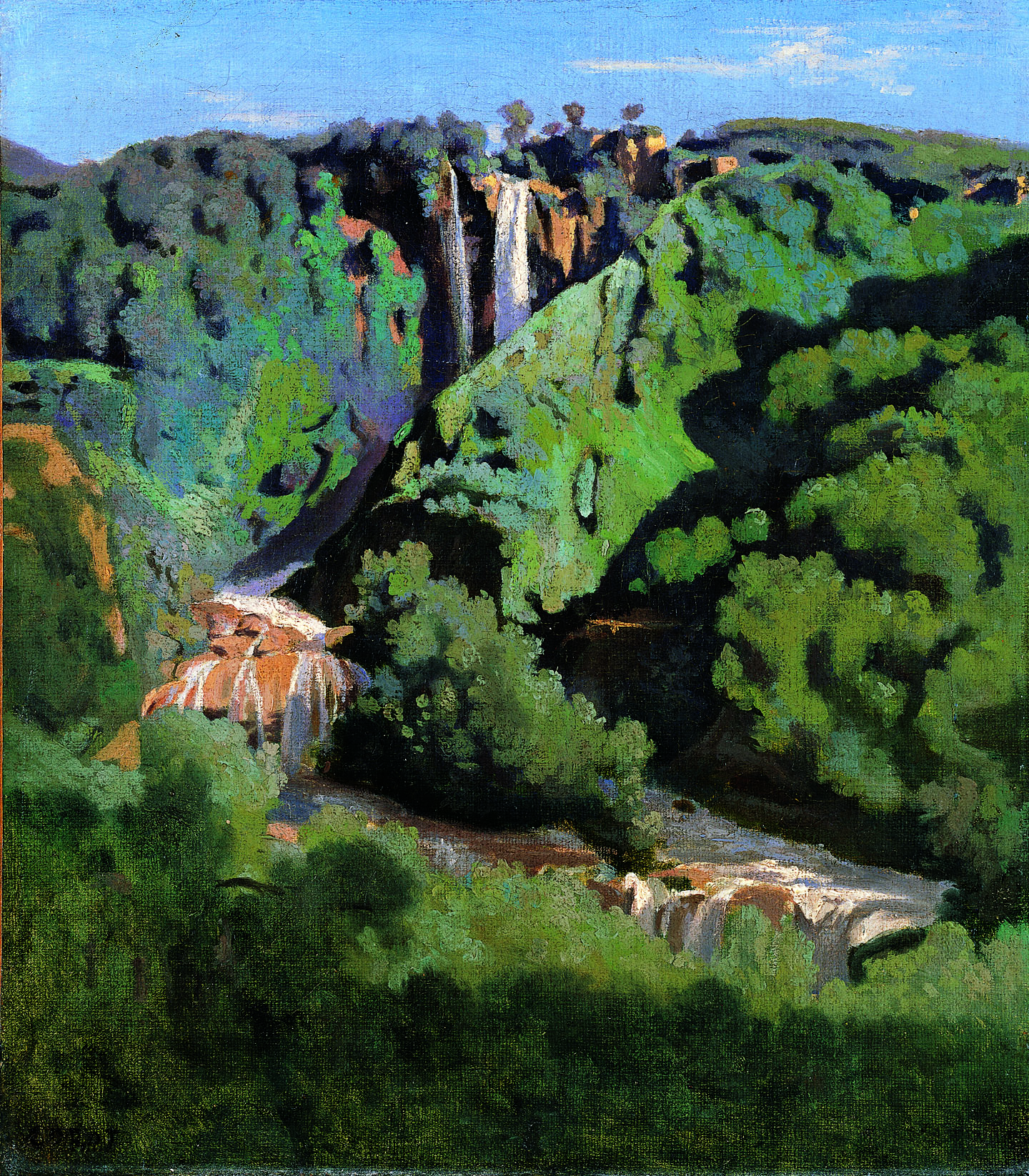
Rich and varied is the section that presents the mysterious nature described by the skilled brush of painters of enormous importance in the history of art, such as Nicolas Poussin, William Hamilton, Donato Creti, Claude Lorrain and Giambattista Piranesi, up until the closing of the exhibition, entrusted to the Marmore Falls, painted by Jean-Baptiste Camille Corot.
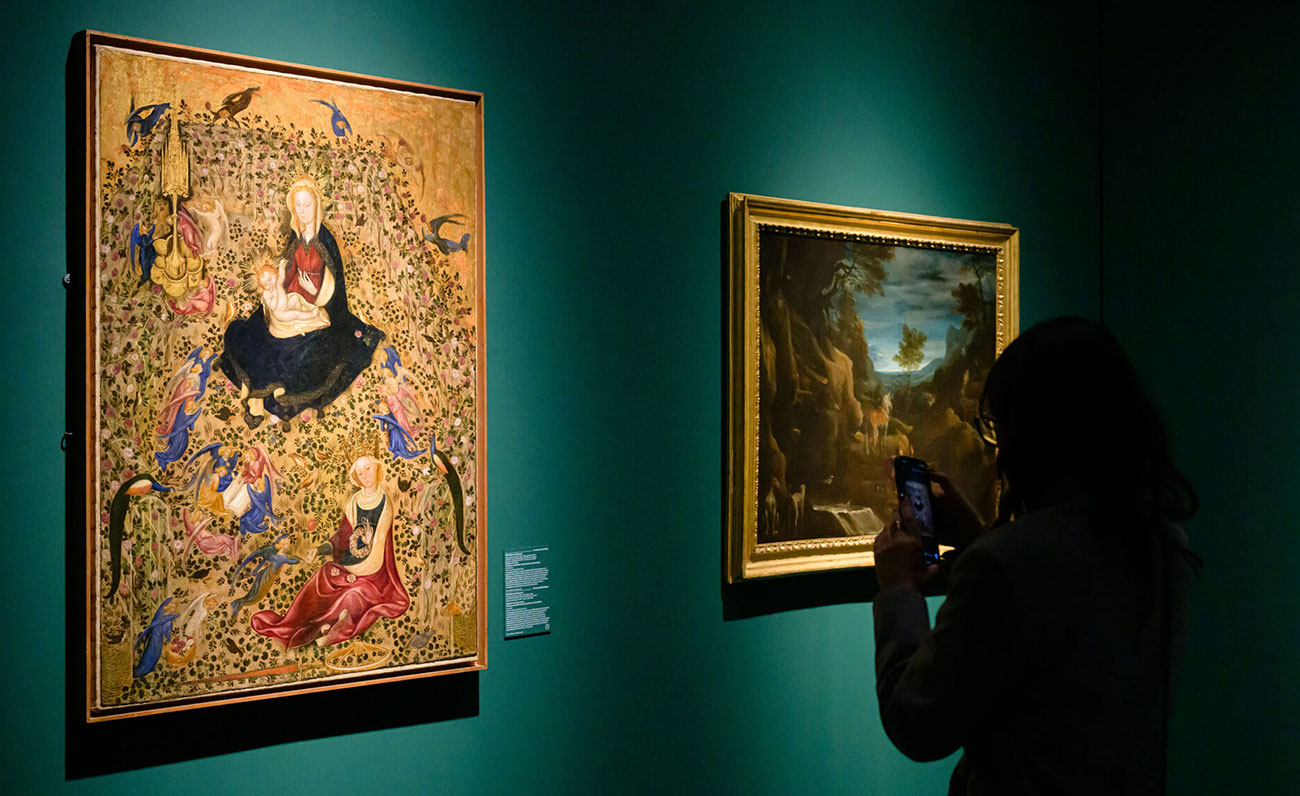
The exhibition does not end with Corot’s masterpiece, but in the adjacent immersive room where the visitor, thanks to the use of new technologies, rediscovers the Canticle of the Creatures, and fully understands its meaning: the Canticle is not only a prayer, but also an ode to the sublime beauty of Nature, as it appears in the masterpieces on display.
Opening hours: Monday to Sunday 08.30 – 19.30 (last admission 18.30)
Tickets: full € 12.00; reduced € 2.00; free for GNU card holders and those entitled.
The ticket also includes a visit to the Galleria Nazionale dell’Umbria
Information: T +39 075 58668436; gan-umb@cultura.gov.it
Website: www.gallerianazionaledellumbria.it
Giulia Venturini
Latest posts by Giulia Venturini (see all)
- A journey into nature between Beato Angelico, Leonardo and Corot following the traces of the Canticle of St. Francis - March 25, 2025
- Daniele Bricca: “Today, spreading a message with photography is difficult, because we are inundated with images” - September 10, 2024
- Inside Monet, immersive live experience in the works and life of the French painter - July 8, 2024

